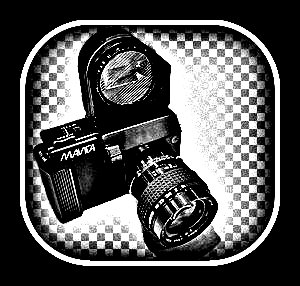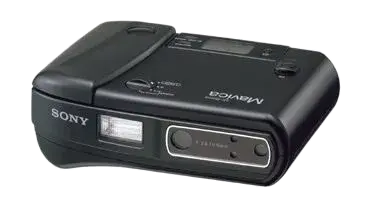Mavica — Bridging the Gap
A history in how it came to be.


Introduction
I do not own these. Nor do I have access to one. Thi sis information I
have found and may or may not be complete.
The Sony Mavica line reshaped consumer and professional photography, moving from film to electronic still video and later to digital capture. The Mavica SLR series was a key transitional chapter that connected traditional SLR ergonomics and optics with electronic storage workflows.
The Mavica Analog Series
Launched in the late 1980s, early Mavica models recorded analog still images onto small video floppy disks. Models such as the MVC‑A7AF offered instant playback and electronic storage, quickly adopted by newsrooms and businesses needing rapid turnaround and electronic transfer.
Enter the SLR
In the early 1990s Sony produced the MVC‑SLR series: single-lens reflex bodies with interchangeable lenses, optical viewfinders and full manual control, while still recording to video floppy media. These SLR Mavicas provided professionals familiar handling and creative flexibility alongside an electronic workflow.
A Bridge to the Future
The SLR Mavicas demonstrated that electronic imaging could meet professional demands. As sensor technology advanced, Sony shifted the Mavica line toward fully digital capture: FD (floppy) Mavicas brought digital imaging to many users, followed by CD-based models that increased storage capacity.
Legacy: The SLR’s Impact
The SLR Mavicas are now rare and collectible. They proved professionals could adopt electronic workflows without sacrificing control or quality. Lessons from the analog SLR chapter influenced later Mavica FD and CD models and helped shape the broader digital camera industry.


